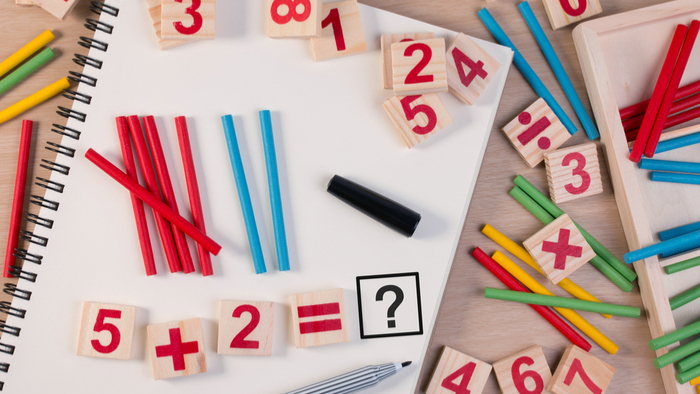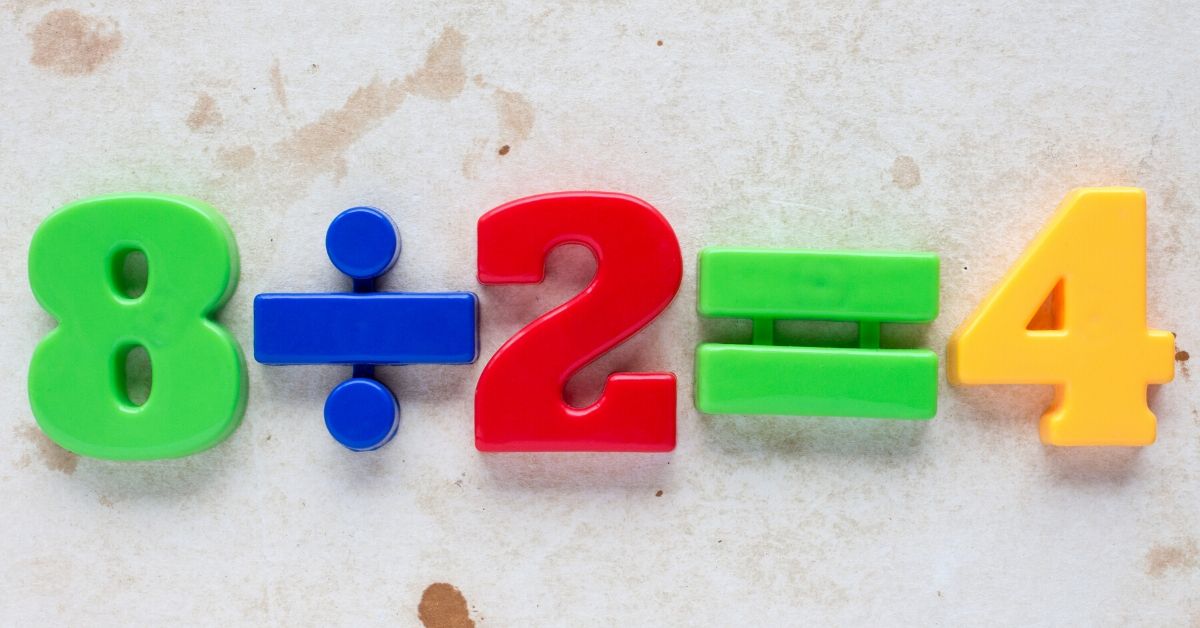Understanding who your students are as learner can make things go smooth during your lesson planning and the lesson itself. Powerful ways to understand students as a learner are through a learning style inventory, assess how students absorb, process, and retain information. Observing students can give you a more understanding how they learn and/or process information. Using these stratigies can help you guide your instruction where it can benefit the student academically and functionally.
Understanding the Learners
Student A and B, who have autism and receive support through their IEPs, demonstrate strengths as visual learners with developing linguistic skills. With structured support, they are able to engage with grade-level texts and communicate their thinking through writing. They show confidence and focus when working independently; however, they benefit from explicit instruction, visual cues, and clearly defined roles to successfully engage in collaborative activities with peers, in alignment with their social communication goals.
Student C, who have autism and receive services through their IEPs, show kinesthetic learning preferences and engage well in lessons that incorporate movement and hands-on activities. Student C cognitive skills are within the average range, though they may need additional support with sustained attention, particularly during non-preferred or sedentary tasks. They generally respond positively to structured social interactions but continue to work on emotional regulation skills, especially in situations involving transitions or unexpected changes, as outlined in their individualized goals.
Student D, who has autism and receives support through an IEP, demonstrates strengths as an auditory learner and benefits from structured verbal input. While they experiences expressive language delays, they are socially motivated and shows emotional resilience in familiar settings. Student D cognitive development is supported through consistent verbal repetition, rhythm-based activities, and the use of songs or patterned language, which align with their IEP goals for language acquisition and communication.
Using Learning Styles for Planning
When lesson planning for students who are on the spectrum, can be difficult. Which is why understanding how they learn is important. Here is how I would plan for each student with their learning style. I am basing the lesson around math content.
Students with the learning style of Visual
For these students, anchor math instruction with visual supports such as diagrams, charts, and step-by-step visual models. Use color-coded graphic organizers to help them break down and process multi-step problems. Visual tools like number bonds, pictorial representations, and math storyboards can support their comprehension and align with their IEP goals by providing structure and reducing cognitive overload.
Students with learning style of Kinesthetic
Use task-based math centers that allow the student to physically interact with concepts by sorting objects, building models, or acting out math problems. For example, incorporate movement by having the student use manipulative like counting cubes or place-value blocks to build numbers, walk a number line taped on the floor to solve equations, or participate in math games that involve hands-on activities. These strategies support both engagement and understanding for learners with autism.
Students with the learning style of Auditory
Incorporate math-based songs, chants, and verbal repetition to reinforce key concepts such as multiplication facts or place value. Use echoing strategies where the teacher models math vocabulary or steps aloud, and the student repeats them. Partner activities that involve verbal problem-solving or talking through math steps can help support understanding and align with language and communication goals in the student’s IEP.
Students strength, interest and growth areas
Math really starts to click for 3rd-grade students with autism when it connects to what they already love and what they’re naturally good at. If a student is super into trains or animals, we can use those interests in word problems to grab their attention and keep them engaged. For kids who are strong visual learners, tools like color-coded charts or drawing out math problems can make a big difference. And for those who thrive on structure, step-by-step task cards or predictable routines can help them stay focused and feel confident.
Some students might love building with blocks or LEGOs, which is perfect for hands-on math lessons about area, perimeter, or multiplication arrays. Others might be drawn to music, so using songs or clapping games to practice skip-counting or multiplication facts can really help them remember what they’re learning.
When it comes to supporting areas where students are still growing, it’s important to weave those supports right into the daily lessons. For example, if a student is working on language skills, we can introduce new math vocabulary with pictures and model how to use it in conversation. If a student gets anxious during transitions, using a visual schedule and keeping routines consistent can help them feel more secure and ready to learn. Group work and partner activities can also be great, as long as we support them with things like sentence starters or peer models to guide social interaction and communication.
Assessments

Just like the instruction must align with student learning styles, the assessment should align with the student learning style. I like to use a choice based assessments that aligns with the standards.
Kinesthetic: Build and explain a math concept like area or arrays using manipulative, blocks, or floor grids.
Visual: Create a poster, diagram, or color-coded chart to solve and visually explain a multi-step word problem.
Auditory: Record a verbal explanation of how they solved a problem or use math songs/chants to demonstrate understanding of skip-counting or math facts.
Conclusion
At the end of the day, teaching works best when it connects with who our students really are. When we combine what we know about their development—how they think, grow, and interact; with their unique learning styles, we create lessons and assessments that actually make sense to them. It’s not just about hitting standards; it’s about helping each student feel seen, supported, and capable.
When students recognize their own strengths and interests in the work they’re doing; whether it’s solving math problems using LEGOs, drawing out their thinking, or working with a partner; they start to take more ownership of their learning. That’s when the real magic happens. They get more engaged, more confident, and more motivated to try, even when things are hard.
This kind of approach doesn’t just help students with autism; it helps all learners. It builds a classroom culture where everyone learns differently, and that’s totally okay. It reminds us that growth doesn’t always look the same for every student, and that our job is to meet them where they are and help them move forward in a way that works for them.
By using what we know about learning styles and development, we’re not just teaching content—we’re teaching kids how to learn, how to trust themselves, and how to grow.

![]()








